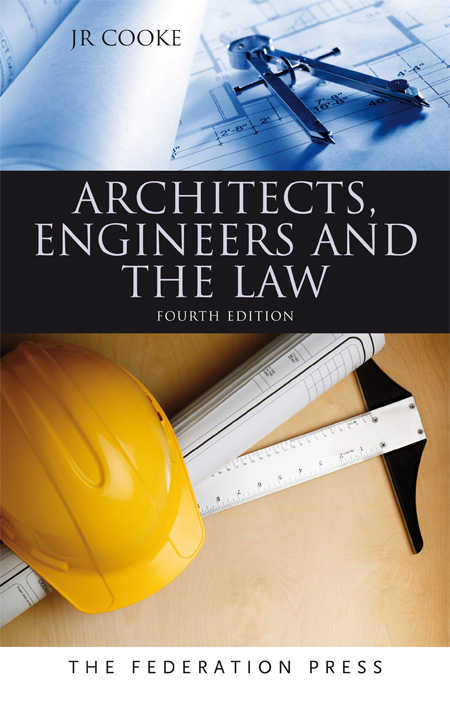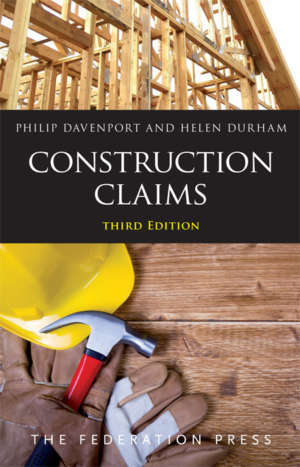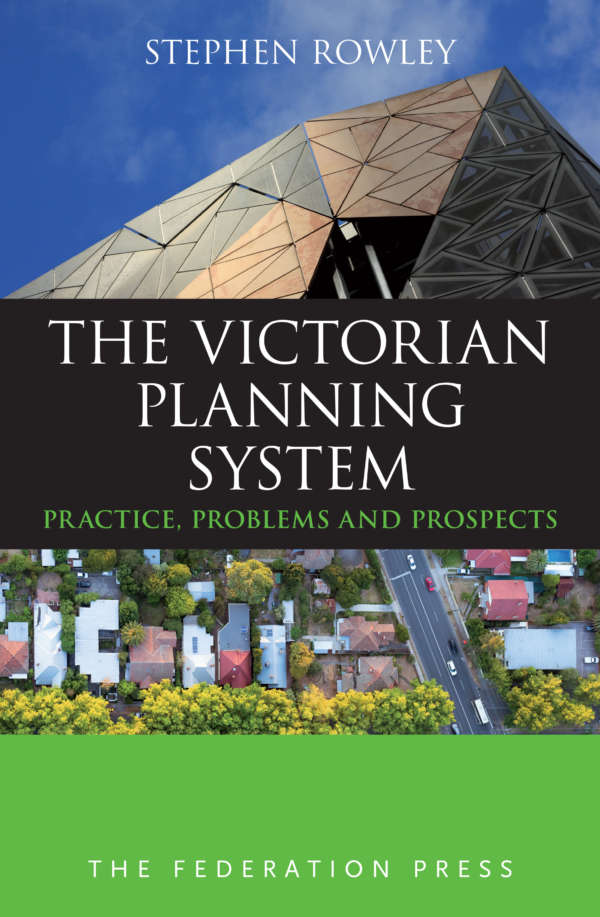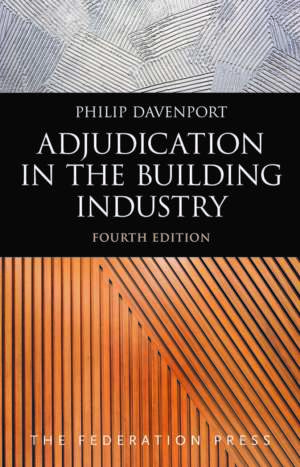Product Description
Constructing a building is a complex legal as well as technical project. Consequently, architectural and engineering practice increasingly demands a sound understanding of planning and commercial law issues.
Architects, Engineers and the Law has become the standard reference for architects, engineers and lawyers on the legal aspects of day-to-day architectural and engineering practice. J R Cooke provides clear concise explanations of the legal responsibilities of architects and engineers, and the consequences of the many legal processes and relationships part of the construction process.
Twenty-six chapters cover
Contracts
Tenders
Employment relationships
Budgets and estimates
Progress certificates
Statutory planning and building control
Restrictions on land use
Consent authorities and planning appeal tribunals
Moral rights legislation
Standards of professional conduct and care
Consequences of breaches of professional duty and care.
Architects, Engineers and the Law will enable you to proceed confident that you understand the legal responsibilities and consequences of your practice.
The Legal System
The Common Law and Equity/ The Sources of the Law/ Interpreting Legislation/ Precedents/ Recent Developments
Contracts
The Formation of the Contract: Simple Contracts and Deeds/ Legislation/ The Terms of the Contract/ Waiver and Estoppel/ Quasi-Contract, Restitution and Unjust Enrichment
Liability Apart from Contract
Criminal Negligence/ Equitable Estoppel (Restitution)/ Trade Practices Act 1974 (Cth), ss 52 and 53 and Fair Trading Acts/ Occupational Health and Safety/ Liability in Tort
Duty of Care
The Standard of Professional Skill / Establishing a Duty of Care/ Professional Indemnity Insurance
Breach of Duty of Care
Introduction/ General Principles/ Existing Knowledge/ Disclosure/ Performance/ Contributory Negligence
Agency and Employment
Agency/ Employment
Damages
Policy/ Damages in Contract/ Damages in Tort/ Examples
Limitations of Actions
Policy/ When Does the Limitation Period Begin?
Concurrent Liability
Introduction/ Limitation Period/ Proof of Breach/ Measure of Damages
Defamation
Introduction/ What is Defamatory?/ The Defences
Intellectual Property
Copyright/ Licence to Build/ Moral Rights
Professional Conduct
Professional Standards/ Trade Practices/ The Impact of the Legislation/ Consumerism
Delegation of Design
Introduction/ Appointment of Consultants/ Design Input from Other Sources
Budgets and Estimates
Background/ Professional responsibilities
Construction Contracts
Types of Contract/ Forms of Contracts
Construction Management
The Traditional System/ Construction Management/ Project Management
Contract Documentation
Introduction/ The Formation of the Contract/ The Tender Documents/ The Execution of the Contract/ Discrepancies in the Documents/ The Specification/ Writing the Specification/ Calling for Tenders on Partial Documentation
Tenders
Introduction/ Calling for Tenders/ From Tender to Contract/ Assessing the Tenders/ Exceeding the Budget
Liquidated Damages and Securities
Liquidated Damages/ Retention and Securities
Variations
Limits of variations/ Administration
Progress Certificates
Introduction/ Certificates Based on Defective Work/ Under Certifying and Over Certifying/ Set-offs and Deductions/ Paying for Unfixed Materials on or off the Site/ Issuing the Certificate/ Valuations and Certificates provided under Partial Services Agreements/ Security of Payment Legislation
Completion and Effects
Introduction/ Extensions of Time/ Practical Completion/ Defects Liability/ The Final Certificate
Determining the Contract
Introduction/ Service of Notice/ Wrongful Repudiation of Contract/ Use of Contractor’s Plant and Equipment/ Expenditure of Retention Moneys after Determination
Non-Statutory Restrictions on Land Use
Land Ownership and Related Restrictions on Land Use/ Common Law Rights of Landowners
Statutory Planning and Building Control
Background/ Building Regulations / Environmental Protection Legislation and Conditions of Approval/ Planning Control/ Law and Urban Design
Consent Authorities and Planning Appeal Tribunals
Obligations of Architects and Engineers in Dealing with Consent Authorities/ Negligence by Consent Authorities/ Review of Administrative Action of Consent Authorities/ Appeals
Table of Cases/ Table of Statutes/ Bibliography/ Index











